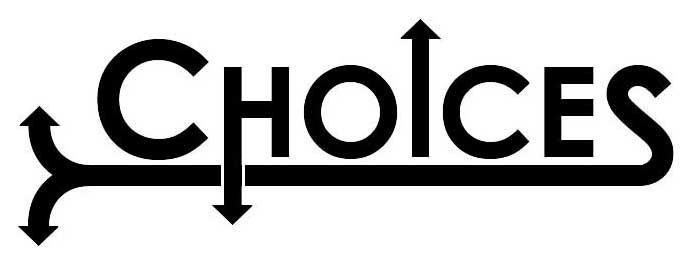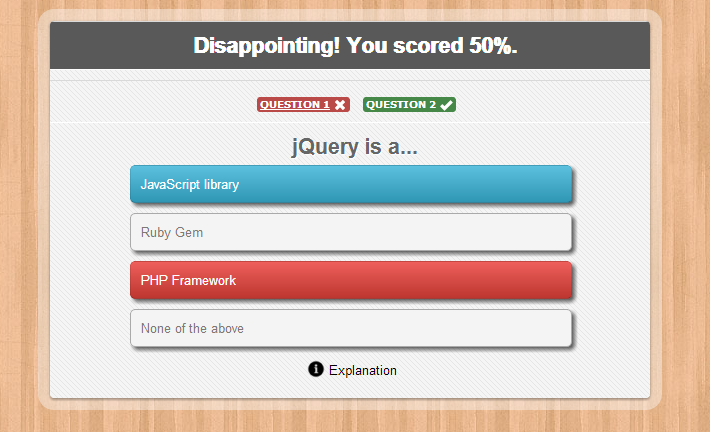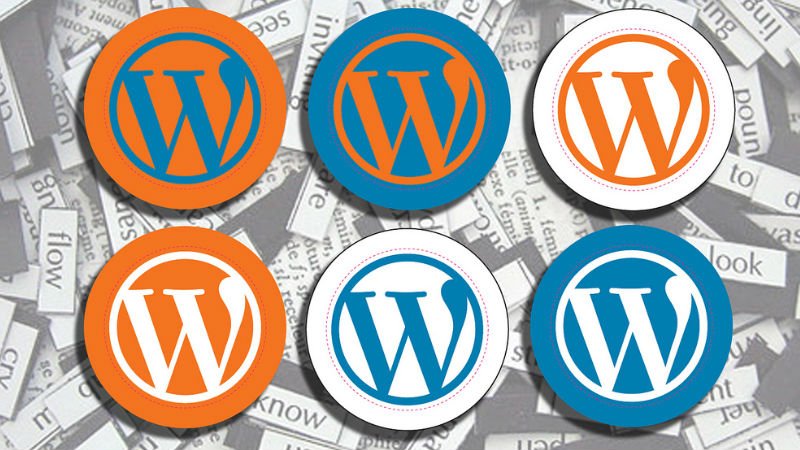
The Way Choosing in WordPress Themes
Nowadays, there are already a large number of wordpress themes on the Internet, so choosing a good theme in them become a difficult task. This article lays out some technical approaches to understanding how well-built a theme is—and how closely you’ll be able to customize it to your needs—before you buy it. Armed with these, as well as with more general theme shopping strategies, you should have a lot of the tools you’ll need to make your theme purchase the right one.
Narrowing Down Theme Choices
LOOK FOR AWKWARDNESS
The first thing to look for with each theme is conspicuous awkwardness. That can mean quite a few things:
Slow and Jittery Scrolling
Here’s a tip I get a lot of mileage from: examine how smoothly the theme scrolls. In other words, drag your scrollbar up and down the theme. Is it quick and smooth, or heavy, draggy, and jumpy? If it’s the latter, there’s most likely a lot of JavaScript on the page that’s getting in the way and slowing down your browser every time you interact with the page.
The JavaScript may be there for a defensible reason (for example, if the page is part of a “one-page/parallax” theme that’s stitched together with a lot of JS); but whether the reason’s defensible or not, the site will be slower and clunkier to use for your visitors.
It’s also true that heavy JS stitching is very strongly correlated with sites that emphasize flashy interactions and swooshy design trends over usability and clean, flexible architecture. So the theme may be “doing things technically right, but doing the wrong things” from the standpoint of a well-built, reliable theme. In any case, I like to stay clear of wordpress themes with difficult, clunky scrolling unless I really have to do otherwise.
Inline Styles
The more HTML elements that have style=”width: 726px;” (or similar) inside them, the harder your theme is going to be to style.
Again, there are defensible reasons for some amount of inline styling—like JavaScript dynamically resizing Pinterest-style blog elements—but the trend is twofold: first, that the inline styles themelves are hard to work with and override, and second, that the sort of theme with a lot of inline styles is more complexly and fragilely put together in general.
Themes may even go as far as declaring <style> elements in the middle of the HTML document, as in this screenshot:
This is often a symptom of one or another kind of in-house page builder. That can be great for nontechnical users who want a lot of design control, but I’d say it’s officially a Bad Thing relative to the goal that a theme be something a developer can work with, switch out easily for another theme, etc.
Heavy Nesting
Look again at the screenshot above: notice that the <style> element is nested in something like ten elements, beginning with “#pagewrap” and ending with “div div div“.
This is another symptom of page builders (which often work in terms of custom “Row – Column” div arrangements), and of fragilely constructed wordpress themes more broadly. Themes laid out like this are, in general, built for the convenience of users, at the relative expense of developers.
Other Awkwardness
In general, you’ll just want to start to get a feeling for when things are and aren’t right. It’s a learned skill that comes along with having seen and worked with a lot of WordPress themes, and also with knowing what you’re looking for for your specific project. The video screencast below walk you through the process to some extent, so stay tuned for those.
NOTICE THEME SHOP NAMES THAT KEEP COMING UP
When I see a theme vendor that seems to have my number design-wise and seems concerned with substance over style, I like to look a lot more closely at their broader repository of wordpress themes; and I’m also more likely to settle on one of their themes as a final decision.
What’s ideal is if you can find a total of maybe four or five wordpress themes you like, from two or three theme vendors that seem to be doing generally good work in the ways I just described. (Since we’re offering free endorsements: after looking more, I think my first choice for magazine themes might be WP Zoom, which has really clean and “magazine-y” themes. Their non-magazine stuff looks great, too.)
Kicking the Tires of Themes You May Like
This is where you can really start exploring. To do this, you’ll need one of my favorite tools in all of web development: Chrome Developer Tools (or something like it, like the Firefox version).
You can basically use Developer Tools to pick apart every piece of a theme demo. You’ll be looking for the following sorts of things:
- Evidence (of the type described above) that the theme is or isn’t well-constructed
- Inspiration about how the theme might fit into your design ideas for your site
- Answers for specific questions, like “How does the theme behave at phone width if I remove the homepage slider?”
In general, you’re just kicking the tires—really hard, and with a very good tire-kicking tool.
Further Notes
If a theme is badly built on the frontend, it’s badly built on the backend. No one who designs a nonresponsive site, choked with absolutely positioned background images for things like “read more” links, is going to make a backend that’s powerfully customizable and in line with WordPress best practices.
Conclusion
Take your time looking for themes! It matters a ton that the theme is built well and is what you want. So be thorough and diligent in your search, and you’ll save yourself a lot of headaches later.
You know which wordpress themes are going to be thoughtfully built and nice to work with well before you hit the purchase button, and you have some great ideas (and likely even screenshots) for how your own inspirations are going to map onto the theme you choose. That’ll make a big difference for you, or for your clients.
Thanks for reading!








